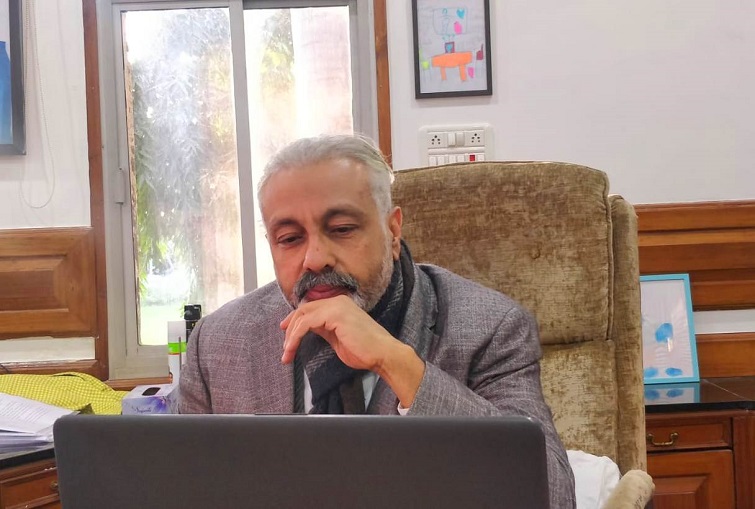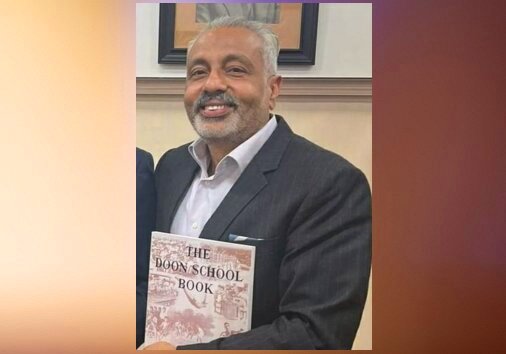Anoop Singh Bishnoi - Curious Learners Make Wise Teachers

The Indian teaching community is descended from a long line of educators. However, teaching, like most other endeavors, is a two-way street. Students often end up teaching their teachers too. Here’s what Anoop Singh Bishnoi , Chairman of The Doon School, Dehradun, has to say about the same, “India has a long history of being recognized as a welcoming environment for teachers to be honored and empowered. In recent years, the indomitable spirit of India’s children has grown stronger alongside the country’s teaching community. When Covid-19 altered the course of our lives a few years ago, children as young as three were adjusting to a completely new way of learning. Children from all over the country arrived at their new normal of learning with their trademark curiosity. This gave Indian teachers the motivation to try out new teaching methods and the drive to do their best for their students. Being a good teacher is ultimately about being a good learner. We must be lifelong learners in...




